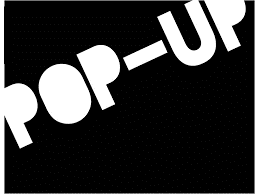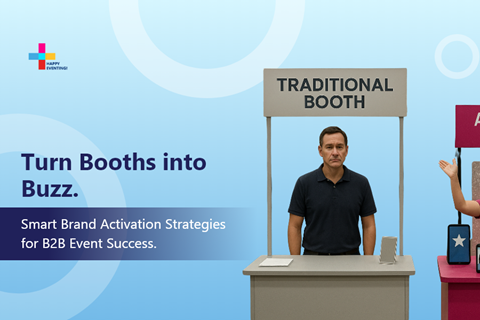

Pop-up events are becoming more popular not only because they’re great ways to advertise, but also because it’s a way for people to get exclusive items they wouldn’t normally get in a store, and try new products before anyone else. Pop-up events can be held in restaurants, or any type of open space for a temporary time where the main goal is to generate revenue and create buzz.
Because there is only a short amount of time, it’s best to woo the customer with everything there is to offer. Also putting the pop-up in a different location from its primary store is a great way to introduce people to the products and possibly gain a new fan base. People enjoy pop-up events because they’re spontaneous and provide something new to the location; it starts a conversation. Businesses enjoy pop-ups because they can use it as a marketing technique to target new audiences: bigger audience, bigger revenue.
Pop-ups can be used for all types of events: technology, clothes, food, the list goes on and on. Dining events attract people who are interested in trying different foods while a retail event could be for people interested in the latest styles coming out for that year. Either way, the pop-up event will attract people looking for unique ways of shopping as well as people who are just interested.
Here are a few tips for creating a pop-up event:

Most B2B event press releases read like formal checklists, just a list of details no one remembers. But it’s crucial not to treat it as just an announcement. It’s your first shot at positioning your event in the market.

Corporate events are how companies bring people together to drive business forward, whether that’s customers, partners, prospects, or their own teams. Organizations are using different types of corporate events to...

Brand presence is easy. Brand impact takes strategy. That’s where brand activation comes in. It pulls in decision-makers, creates hands-on engagement, and converts event buzz into a pipeline. Static booths don’t cut it.